Blockchain technology has emerged as a revolutionary force across various industries. It has redefined the way we perceive data security, transparency, and trust in a digital world. At the core of this transformation lies the fundamental principle of decentralization. In this article, we will explore the concept of blockchain networks, the importance of dispersed data, and how it enhances security and trust.
The Power of the Decentralization Network:
Traditional data storage and management systems rely on centralized entities like banks, governments, or corporations to maintain and verify the accuracy of information. This centralized approach has inherent vulnerabilities, as it creates a single point of failure. Exploited by malicious actors or suffer from technical glitches. Blockchain technology disrupts this model by using a decentralized approach.
How Blockchain Works:
At the heart of any blockchain network are blocks containing a list of transactions. What makes blockchain unique is that these blocks are linked together in chronological order, creating a chain of blocks. This chain structure ensures the integrity of the data, making it extremely difficult for anyone to alter or delete information.
Every computer (or node) on the blockchain network maintains a copy of the entire blockchain. Each node updates its copy to reflect the latest changes. This decentralized ledger ensures that no single entity controls the data or the network.
Enhanced Security Network:
The decentralized nature of blockchain networks offers several security advantages:
Immunity to Single Point of Failure: Traditional centralized systems are susceptible to attacks, technical failures, or data corruption at a central point, which can be catastrophic. In a blockchain network, there is no single point of failure.
Tamper-Proof Transactions: This immutability makes it highly secure against fraud or malicious modifications. It ensures the integrity and trustworthiness of the data.
Consensus Mechanisms: Blockchain networks employ consensus mechanisms. Such as Proof of Work (PoW) or Proof of Stake (PoS). To validate and add new blocks to the chain. These mechanisms require nodes to solve complex mathematical problems or stake a certain amount of cryptocurrency, ensuring malicious actors cannot take control of the network.
Encryption: Data stored on the blockchain is encrypted, making it nearly impossible for unauthorized parties to access or understand it without the corresponding decryption keys. This adds a layer of security to the network.
Use Cases for Dispersed Data:
Blockchain’s dispersed data model has found applications in various domains:
Cryptocurrencies: The most well-known applications are cryptocurrencies like Bitcoin and Ethereum. These digital currencies use blockchain technology to enable secure, peer-to-peer transactions without the need for intermediaries.
Supply Chain Management: Blockchain helps ensure the transparency and traceability of products in the supply chain. Particularly valuable for verifying the authenticity of goods and tracking the journey from manufacturer to consumer.
Voting Systems: Some governments and organizations are exploring blockchain for secure and transparent voting systems. It can help prevent election fraud and ensure the integrity of the voting process.
Smart Contracts: These self-executing contracts are programmed into the blockchain to automatically execute predefined actions specific conditions. The used in various industries, including legal, finance, and real estate.
Healthcare: Blockchain can secure sensitive patient data, streamline record-keeping, and improve data interoperability among different healthcare providers.
Intellectual Property: Content creators can use blockchain to protect their intellectual property rights by timestamping and verifying their work.
Challenges and Future Outlook:
Scalability, energy consumption, and regulatory concerns are among the issues that blockchain developers and users must address. As the technology continues to evolve.
Conclusion:
Blockchain’s dispersed data and security benefits are transforming how we manage and trust data in the digital age. The power of decentralization and its applications across various industries hold immense potential for a more secure and transparent future. As the technology matures, we can expect even greater innovations and a wider adoption of blockchain networks. And more amazing topics and stories can be read at FinBiz Tech.



